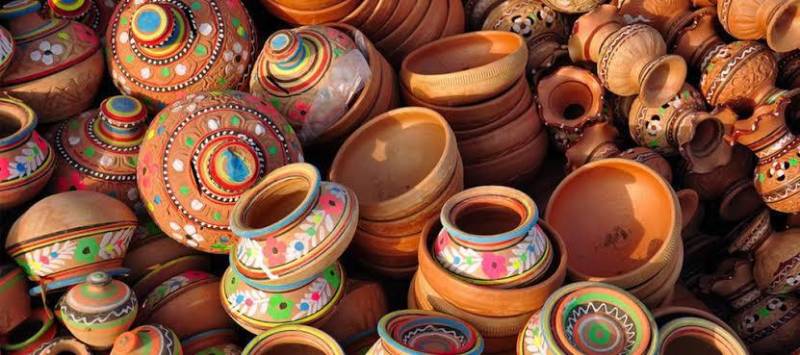Reviving Heritage: How Pakistan’s Cultural Festivals Are Keeping Traditional Art Alive
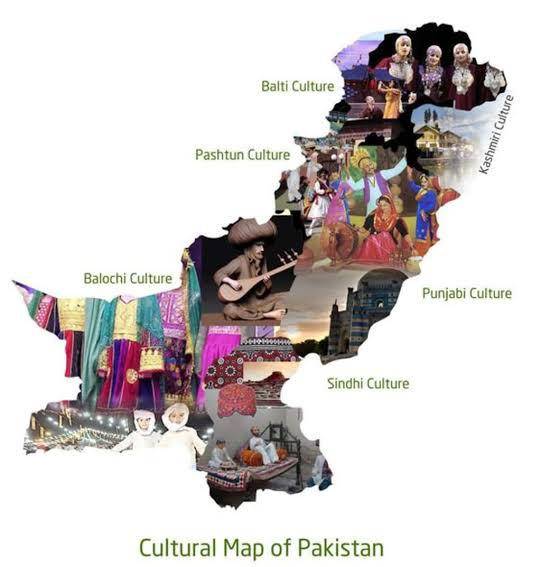
In an era where modern trends dominate the cultural landscape, Pakistan’s traditional art forms face the risk of fading into obscurity. From intricate embroidery to soulful folk music, these crafts and practices represent the essence of Pakistan’s cultural identity. However, cultural festivals across the country are breathing new life into these art forms, ensuring they remain a vital part of Pakistan’s heritage.
The Significance of Traditional Art Forms

Pakistan is home to a wide array of traditional art forms, each representing the diverse cultures and histories of its regions. These include Ajrak printing, truck art, calligraphy, and classical music. While these crafts have been passed down through generations, the rapid pace of modernization has led to a decline in their practice and relevance. This is where cultural festivals step in—acting as platforms for artisans and performers to showcase their talents and connect with a broader audience.
Key Cultural Festivals in Pakistan

Several cultural festivals in Pakistan are playing a pivotal role in preserving and promoting traditional art. These events bring together artisans, musicians, and performers from across the country, offering them a chance to showcase their skills and reach new audiences.
1. Lok Virsa Festival (Islamabad): One of the largest cultural festivals in Pakistan, Lok Virsa celebrates the country’s rich folk traditions. The event features artisans from rural
areas, offering them an opportunity to display and sell their crafts, including handwoven textiles, wood carving, and pottery.
2. Karachi Biennale: Known for its focus on visual arts, the Karachi Biennale showcases traditional forms like miniature painting alongside contemporary art, bridging the gap between old and new.
3. Sindh Festival: This festival is dedicated to reviving Sindh’s ancient cultural heritage, including traditional Ajrak printing, Rilli making, and folk music. It highlights the region’s unique art forms, ensuring they are passed down to future generations.
Reviving Dying Art Forms
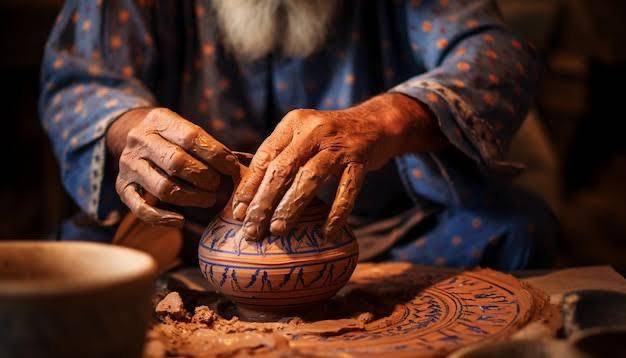
Many traditional crafts in Pakistan are at risk of disappearing as newer generations move towards urban lifestyles. Cultural festivals are essential for keeping these practices alive by offering artisans both exposure and economic opportunities. For example:
• Pottery and Ceramics: At festivals like Lok Virsa, traditional potters demonstrate their craft and sell handmade items, allowing them to sustain their art.
• Truck Art: This vibrant folk art, originally used to decorate trucks, has become a symbol of Pakistani creativity. At cultural festivals, workshops are held where visitors can learn the art form, ensuring it continues to thrive.
• Sufi Music: Festivals such as Sufi Night in Lahore provide a platform for Qawwali performances and other classical music forms, helping preserve these traditions in a time when Western music influences are dominant.
Engaging the Younger Generation
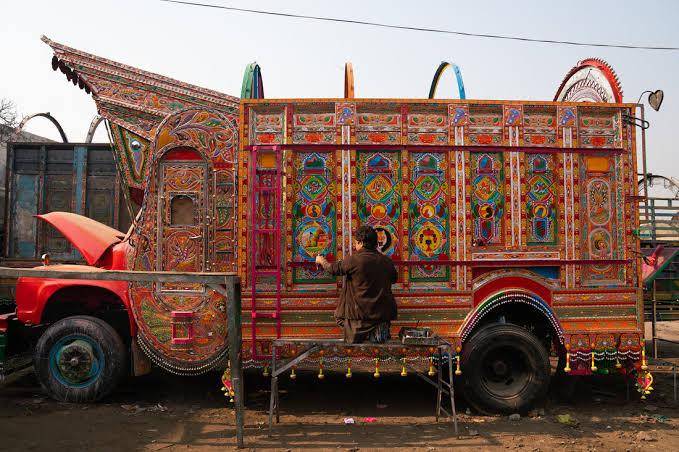
One of the most significant impacts of these cultural festivals is their ability to engage younger generations. Many young people, especially those living in urban areas, are disconnected from their cultural roots. Through interactive workshops, live demonstrations, and performances, festivals are making traditional art forms accessible and appealing to younger audiences.
Additionally, the rise of social media has provided a new platform for promoting these festivals. Younger generations are increasingly using platforms like Instagram and Facebook to share their festival experiences, helping to spread awareness about traditional art forms beyond the event itself.
Economic and Social Impact
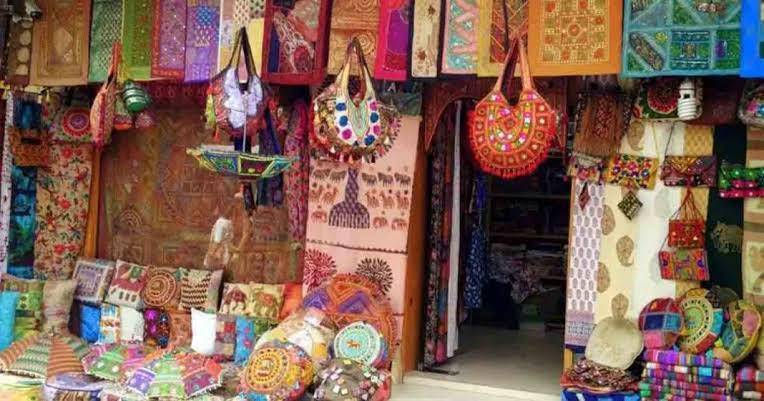
Cultural festivals also have a broader economic and social impact. By attracting visitors from both within Pakistan and abroad, these events generate income for local artisans and vendors. For many craftsmen, these festivals are a vital source of revenue, allowing them to continue practicing their craft.
Moreover, these festivals foster a sense of community and national pride. They bring together people from different backgrounds and regions, uniting them in a shared celebration of Pakistan’s cultural diversity. In a time when regional and ethnic divides can be stark, cultural festivals serve as a reminder of the country’s collective identity.
Pakistan’s cultural festivals are much more than just celebrations—they are crucial in preserving and promoting the country’s traditional art forms. From reviving dying crafts to engaging younger generations, these festivals play a vital role in keeping Pakistan’s heritage alive. As these events continue to grow in popularity, they ensure that the country’s rich cultural legacy remains vibrant and relevant for years to come.
